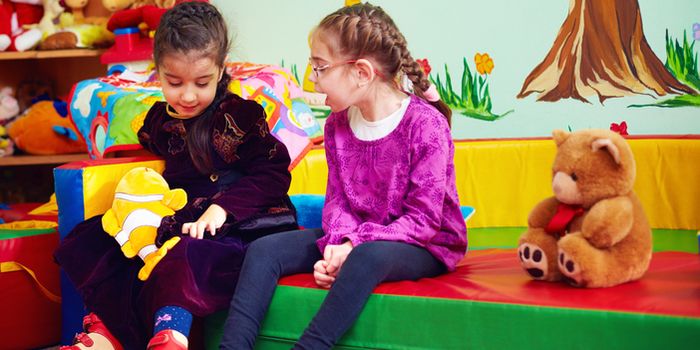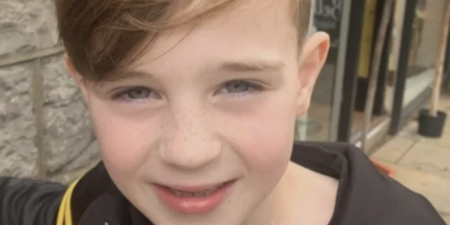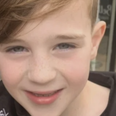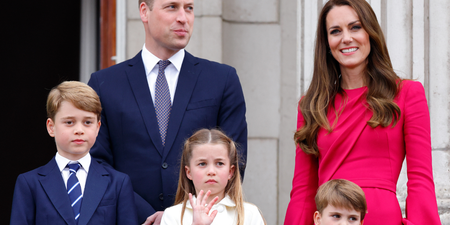In this unique study, a team of researchers were able to perform functional MRIs on a group of children with autism whose IQs averaged 54. The scans offer a glimpse into what’s happening in their brains.
Anyone who knows someone with autism will understand that their needs are different to someone without the condition. The more research we can acquire, the greater our ability is to cater to those needs, which is why studies like these are so important.
‘A way cool way to be’: Study offers new insights into children with autism is the first of its kind and was conducted by a team of professors at Brigham Young University.
They managed to complete structural and functional MRI scans of 37 children and adolescents with autism, including 17 with less-developed language skills and an average IQ of 54.
The team’s approach to this process, which can be very challenging for people with autism, was an innovate one.
According to Science Daily,
“They created a video explaining the step-by-step fMRI process children could watch at home multiple times, and they provided families with audio files that would help children prepare for the sounds they’d hear in the machine.
When children arrived for their scans, the researchers let them push buttons on the machine so they could see it move up and down.”
Once the scan began, the team kept up constant reassurance and held the children’s hands if they needed. As a result, participants remained calm and still, thus resulting in clear images of the brain.
What they did find when they had completed the scans was quite fascinating.
They analyzed how those from the low verbal and cognitive performance group compared to higher performance children with autism, as well as neurotypical children.
The team found that within the LVCP group, a number of the brain’s networks “just weren’t working in sync as much,” and that there was decreased activity between the right and left hemispheres.
Co-author of the study, Mikle South, who is a professor of psychology and neuroscience said:
“You might see a kid without very much language, and you might guess that his brain is underactive. But sometimes it’s more active. Sometimes the attention is too much, and sometimes the attention is too little. We see different patterns of what the brain is attending to.”
He continued:
“We don’t want to change the brain, we want to accept folks with autism. This is a way cool way to be, and we just want to help you get along in your world.”























































